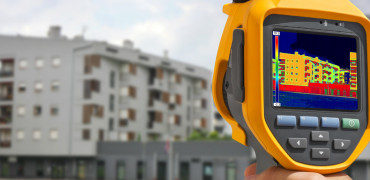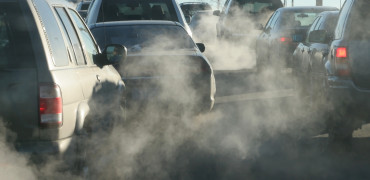Our built environment is under scrutiny as never before, with a sharp focus on the energy used to heat, cool and ventilate buildings as well as an increased emphasis on the positive and negative impacts that internal environments can have on the wellbeing of their occupants.
The main objective of building services engineers and the designers of any built environment is of course, to create a space conducive to the function of the building.
Today though, the spotlight is on energy consumption as never before, with legislation such as the Minimum Energy Efficiency Standards (MEES) bringing the control and management of building services to the attention of building operators.
We have worked to create a new ISO Standard which sets out the key requirements for Indoor Environmental Quality
A more holistic approach
This focus on the internal spaces and the equipment and energy used to keep them pleasant and comfortable places to be also provides a real opportunity for a more holistic approach – one which takes into account the quality of the internal environment and benefits the business in more ways than complying with legislation or reducing run costs and emissions.
There have been several reports in the news about the positive impact air quality can have on staff productivity such as this one from Human Resource Executive, which also shows has this is an area that has actually been studied for decades.
To assist designers and operators of buildings, there are a plethora of useful standards, guides and codes of practice governing the built environment and, as a specialist in the sector, BSRIA is very proactive in contributing to this list of useful information.
However, some building owners remain unaware of the importance of staff wellbeing on productivity and health, and some buildings simply don’t warrant all the highly detailed and sometimes complex guidance available from the hundreds of guides available.
Key requirements
At BSRIA, we firmly believe that a basic specification is better than no specification and this is why we have worked to create a new ISO Standard which sets out the key requirements for Indoor Environmental Quality (IEQ).
BS ISO 177721 is designed to allow commercial building designers, renovators and owners to see the minimum requirements for indoor environmental parameters.
The standard looks at areas such as temperature, indoor air quality, lighting and acoustics and specifies how to establish these parameters for environmental design.
It includes basic design criteria for the local thermal comfort factors, draught, radiant temperature asymmetry, vertical air temperature differences and floor surface temperature.
It also specifies occupancy schedules to be used in standard energy calculations and how different categories of criteria for the indoor environment can be used.
At BSRIA we still see specifications in which the design parameters are not clearly defined and this frequently leads to gaps between expectation and performance and doubts about whether the completed building meets the client’s requirements.
We therefore drafted this new standard to provide a common basis for energy performance calculations but it has much wider application as a basic standard for IEQ.
Clair Prosser is Press Officer for BSRIA, the test, instruments, research and consultancy organisation in construction and building services.



